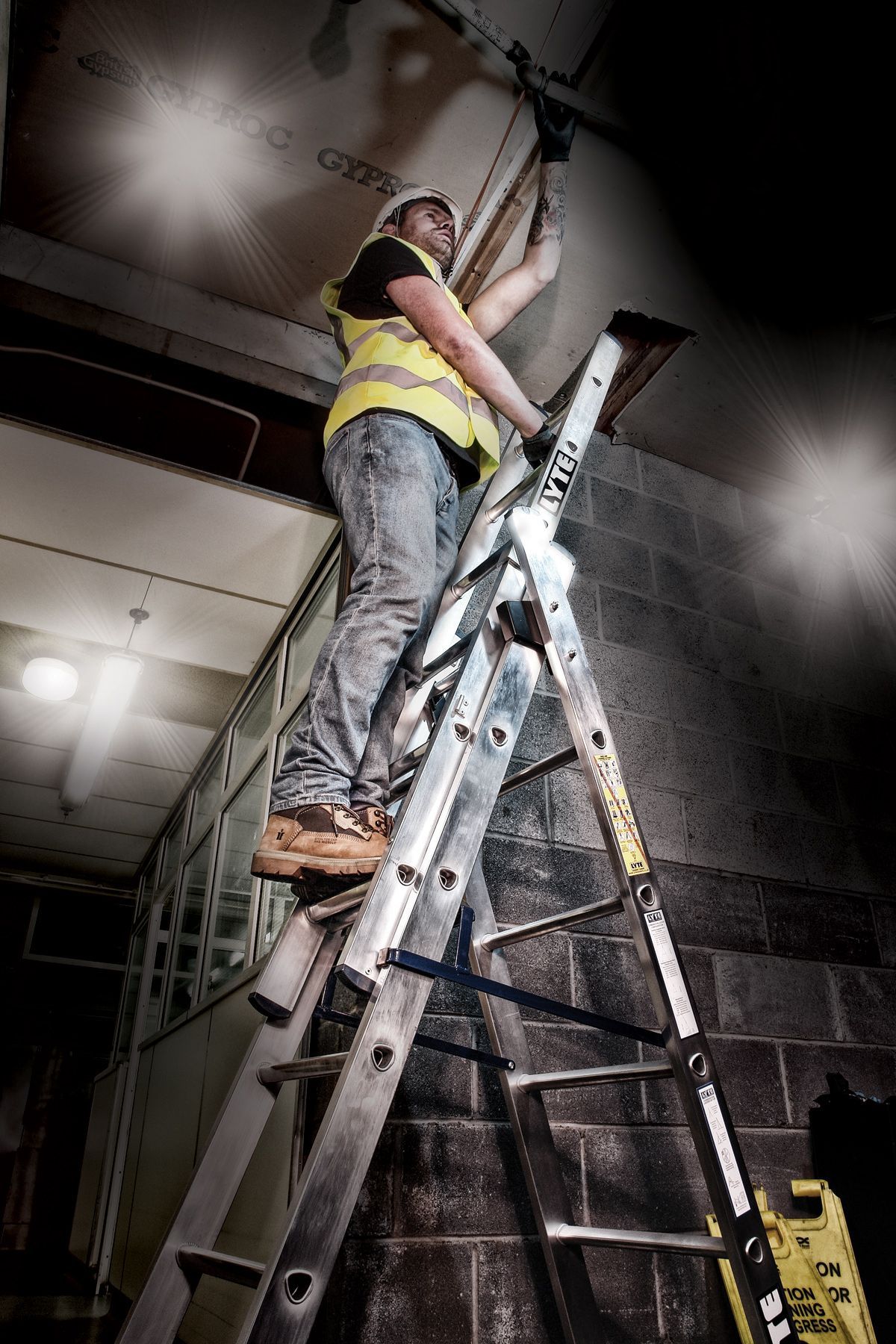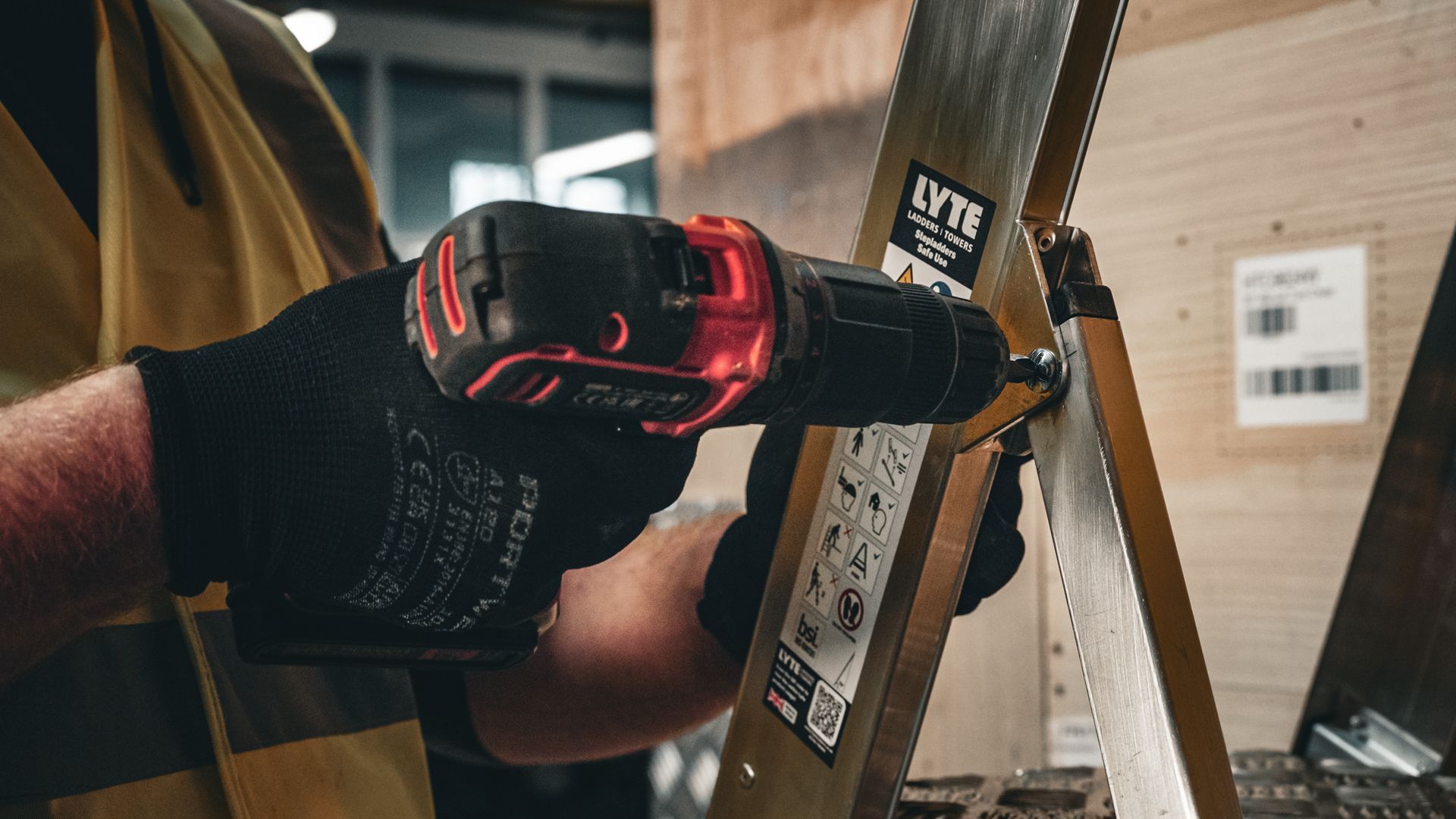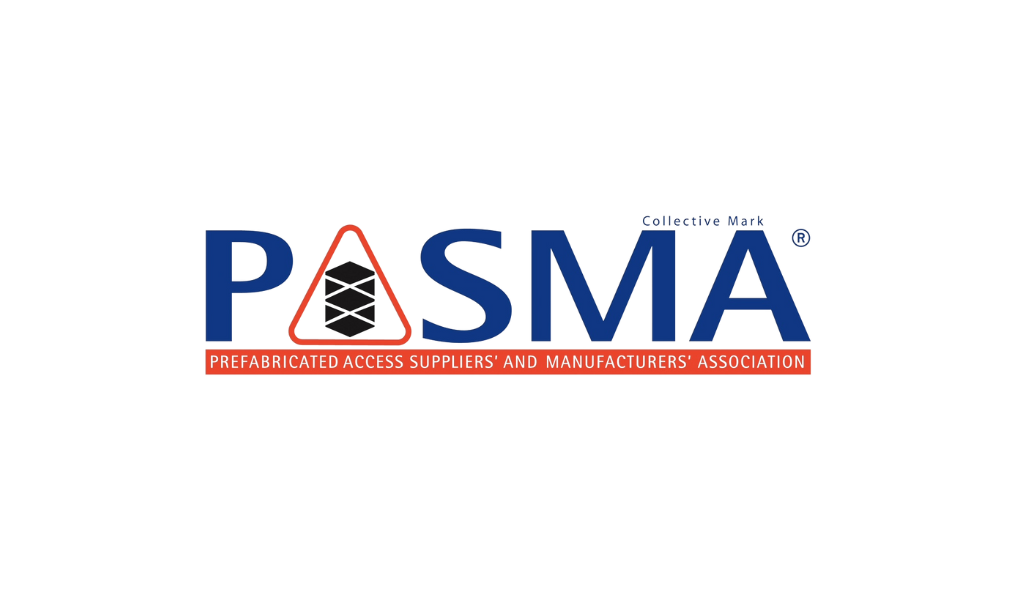Safe Ladder Use in the Workplace - A Guide for H&S Professionals
Working at height remains one of the leading causes of workplace fatalities and serious injuries in the UK. According to HSE data, falls from height account for 25% of all workplace deaths each year, which is a truly shocking statistic. This guide supports Health & Safety professionals with practical, regulation-aligned advice to help prevent ladder-related incidents. It also includes downloadable tools and checklists for internal safety compliance.
📄 Download the quick guide: Choosing Safe Products – Lyte Ladders
Understand When a Ladder Is Appropriate
While safer options, such as podiums and towers, are available, ladders remain viable for short-duration, low-risk tasks. Before selecting one, determine whether the task:
- Lasts less than 30 minutes in one position
- Is low-risk and does not involve over-reaching or awkward postures
- Cannot be reasonably done from more secure alternatives
As a guide, if the task requires staying up a ladder or stepladder for more than 30 minutes at a time, consider alternatives. Always base the decision on risk, not just duration. Ladders may be acceptable for tasks like equipment inspections, changing light fixtures, or reaching non-structural roof areas, provided risk controls are in place.
Ensure Competency Through Training
Only those who are trained and deemed competent should use ladders. Risk management should centre around:
- Task-specific training (e.g., setting up, ascending safely)
- Regular toolbox talks reinforcing best practices, such as those provided by The Ladder Association
- Ongoing assessments to ensure skills remain sharp
- Supervisors should check user competency regularly, particularly for new starters or where unfamiliar ladders are introduced.
Proficiency should include selection, setup, inspection, and awareness of hazards specific to your work environment.
The Ladder Association courses are recommended.
Conduct Pre-Use Inspections
Prior to every use, perform a pre-use check. Your safety when working-at-height is top priority, so do not skip this step! Regular form inspections by a competent person should also be completed and documented (use our Ladder Inspection Checklist).
Key areas to assess:
- Stiles (legs): free from bends, cracks, or corrosion
- Treads (steps) or rungs: firm, clean, and intact
- Feet or caps: fully present and gripping effectively
- Locks and braces: fully engaged, without play or distortion
- Platform surfaces (where applicable): stable, non-slip, and free from contaminants
Implement checklists and inspection logs to ensure consistency and traceability. Pre‑use checks are by the user and don’t need to be recorded; detailed visual inspections at fixed intervals by a competent person should be recorded.
Set Up Safely: Leaning vs. Step Ladders
Leaning Ladders / Extension Ladders
- Angle: Approx. 75° (1m out for every 4m up)
- When used for access, extend at least 1 metre above the access point
- Secure the ladder where reasonably practicable - tie both stiles, use an effective stability device, or wedge. Footing is the last resort
- Keep visual and manual control: do not overreach or lean sideways.
- Place on firm, level surfaces with all feet in contact
- Fully engage locking mechanisms before usage
- Don’t stand / work on the top three treads (steps) unless a suitable handhold is available, or the step is designed with a platform and knee rail
- Face the work and remain centred between the stiles.
A core rule: maintain three points of contact at all times.
Match the Ladder Type to the Task
Choosing the appropriate ladder enhances both safety and efficiency:
| Type | Use Case | Key Consideration |
|---|---|---|
| Extension ladders | Reach heights | Must be set at 75° angle; Maintain three points while climbing |
| Swingback Step | Low level access | Choose the correct height step ladder to ensure you stay below the top 3 treads (steps) |
| Platform Step | Longer jobs | Platform step ladders are suitable for 120° access; enclosed Widesteps allow 360° access |
| Fibreglass | Electrical tasks | Don't work within 6m horizontally of overhead power lines unless they're made dead or insulated; use a non-conductive ladder |
| Roof Ladders | Pitched roofs | Follow manufacturer instructions and HSE roof-work guidance (HSG33); ridge hooks are typically required |
| Combination Ladders | Used for task requiring low level, high level, or stairs access | Must lock securely in all positions |
Select ladders certified with EN131‑Professional where practicable; older ladders made to withdrawn standards may remain in service if suitable and maintained.
Secure Ladders and Mitigate Environmental Risks
- Tie or stabilise leaning ladders - use grips or a second person to prevent shifting. Footing is only acceptable when other securing options aren’t possible
- Restrict access to ladder areas using signs or barriers to minimise disturbance and incident potential
- Steer clear of traffic routes, wet surfaces, or areas influenced by wind or overhead hazards
- Avoid resting ladders against fragile or unstable materials like plastic or glass
Implement Maintenance, Inspection & Replacement Protocols
Maintain a clear lifecycle and service strategy:
- Schedule periodic inspections by competent personnel and record them
- Pre‑use checks = user, not recorded. Detailed visual inspections = competent person, recorded.
- Withdraw any worn or damaged units promptly for repair or disposal
- Store ladders appropriately, away from extreme heat, moisture, or deformation risks
- Keep spare parts (like feet, braces, or bolts) on hand to support repair-friendly design. Keep storage and spare‑parts notes.
Boost Compliance and Efficiency Through Documentation
To strengthen your internal compliance:
- Use Pre-Use Checklists (daily)
- Schedule formal inspections
- Maintain a Ladder Register by asset ID
- Retain user instructions, declarations of conformity and risk assessments
- Include ladder info in RAMS documents for audit traceability
Retaining user instructions and certification documentation supports selection / maintenance decisions, but legal compliance hinges on suitability, safe condition, and safe use.
Certified Ladders - Not Just Tested
Many suppliers use the wording “tested to EN131” or “meets EN131 requirements” without actually having the product certified.
This distinction matters:
- Certified means the product has passed rigorous testing by an independent, accredited third-party testing house and is officially recognised as meeting the EN131 standard.
- “Tested to” or “meets criteria of” may indicate internal, self-declared testing with no third-party verification.
Always look for ladders labelled as
EN131-Professional Certified, with documentation to support third-party certification. At Lyte Ladders, we state our ladders are
certified, not just “tested to” or “complies with” EN131 standards. This provides independent assurance of conformity and traceability.
Ladder Safety Is Everyone’s Responsibility
Ladders are a convenient tool, but they must be respected. With proper planning, training, equipment selection and inspections, you can reduce the risk of falls, injuries and liability, while boosting workplace confidence and operational efficiency.
Explore Lyte’s EN131-certified ladder range, safety guides, and support hub for further insight. Let’s elevate safety, together.
Further Reading & Resources
- Choosing Safe Products – Lyte Ladders (PDF)
- Ladder Association Toolbox Talks
- HSE Work at Height Regulations
- Ladder Inspection Checklist (PDF)









